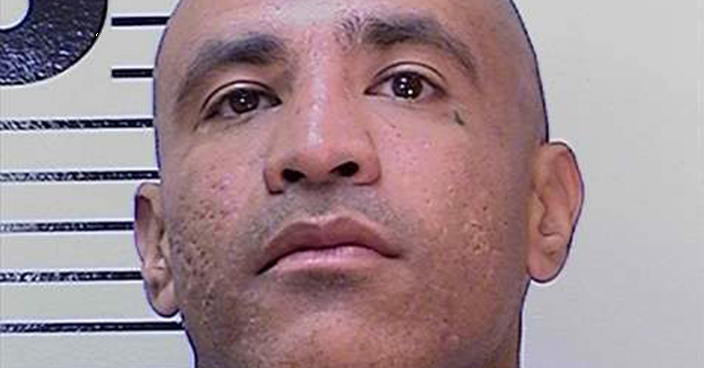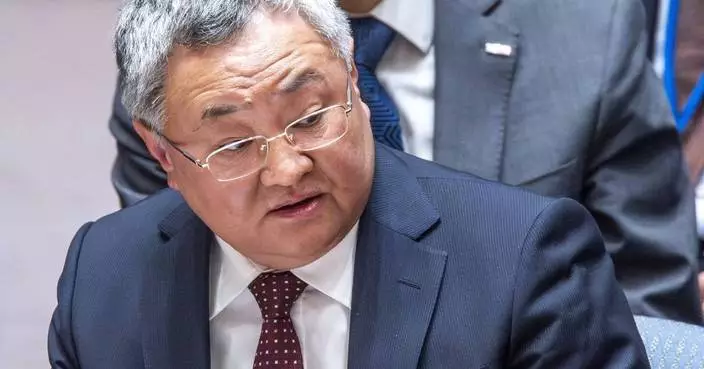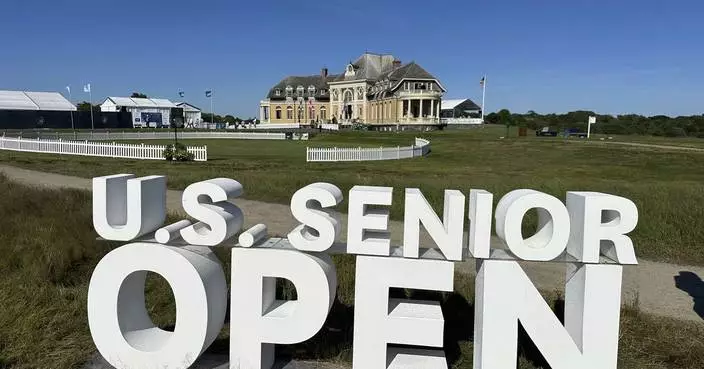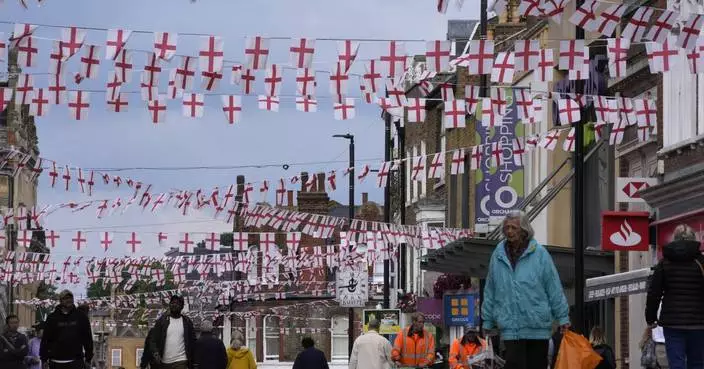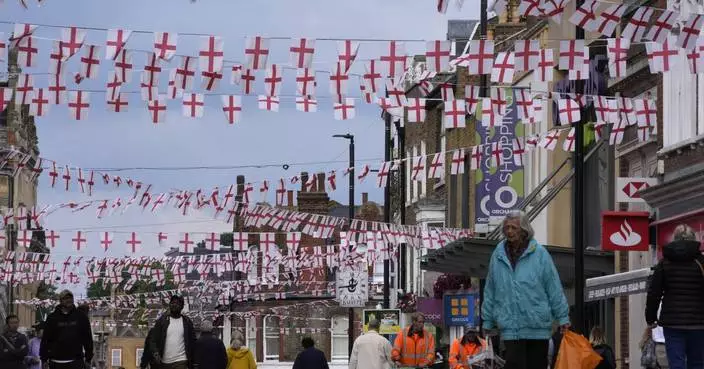One condemned inmate killed another Friday, the first slaying of a death row inmate in California in more than 20 years, officials said.
Jonathan Fajardo, 30, was stabbed in the chest and neck with an inmate-made weapon in a recreational yard of the cell house that holds the bulk of condemned inmates at San Quentin State Prison, said corrections department spokeswoman Terry Thornton.
Luis Rodriguez, 34, is considered the suspect, she said. Investigators were trying to determine a motive and how he obtained or was able to make the weapon, she said.
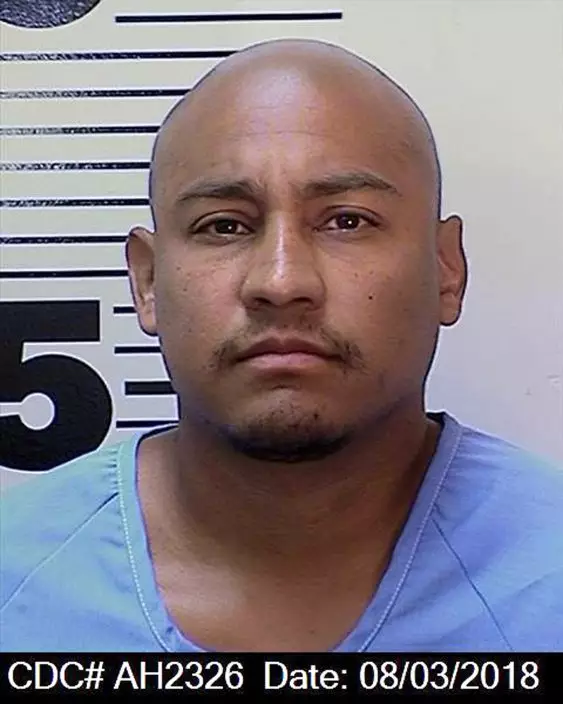
This Aug. 3, 2018 photo provided by the California Department of Corrections and Rehabilitation (CDCR) shows death row inmate Jonathan Fajardo, 30. Corrections spokeswoman Terry Thornton says Fajardo was stabbed to death in the chest and neck with an inmate-made weapon Friday, Oct. 5, 2018, in a recreational yard of the cell house that holds the bulk of condemned inmates at San Quentin State Prison. She says 34-year-old Luis Rodriguez is considered the suspect. (California Department of Corrections and Rehabilitation via AP)
Such slayings are common in California prisons but rare on death row, where the last one occurred in 1997.
"It's very unusual," said San Francisco State University associate professor Amy Smith, who studies capital punishment and the psychological impacts of death row. "It's not supposed to happen, of course."
There is high security on death row, were every inmate is housed separately but most are allowed to congregate in small groups in the exercise yard where Fajardo was killed, Thornton said.
Aside from the higher security, Smith said that statistically, prisoners serving life sentences and "folks who are on 'the row' generally have the lowest levels of prison violence, even though it would seem that they might do anything because they have the worst penalty. In fact, they actually have very, very low incidences of violence in prison."
Fajardo was awaiting execution on two counts of murder in Los Angeles County in what was considered a hate crime. He also received seven life sentences.
He was identified as a Latino gang member who killed a 14-year-old black girl in a racially motivated shooting. He was also condemned for the stabbing death two weeks later of a man who prosecutors said was killed because fellow gang members believed he might be cooperating with police.
Rodriguez is awaiting execution on two counts of murder, also from Los Angeles County. Local media reports identified Rodriguez as a member of another Latino gang convicted of killing two men from a rival gang. He was already suspected of another murder that resulted in a life sentence.
No one has been executed in California since 2006, though voters in 2016 passed an initiative that is attempting to speed up capital punishment. Far more condemned inmates on the nation's largest death row have died of natural causes or suicide than have been executed since California reinstated capital punishment in 1978.
BEIRUT (AP) — A judge at Lebanon's military court on Tuesday charged the gunman who opened fire at the U.S. embassy near Beirut with being affiliated to the militant Islamic State group, security and judicial officials said.
Lebanese soldiers shot and arrested the gunman in early June, later identified as Kaiss Farraj from Syria, after a shootout that lasted almost 30 minutes and injured an embassy security guard.
The Islamic State group has not claimed responsibility for the attack, nor has any other group.
The attack took place as tensions simmered in the tiny Mediterranean country, where fighting between Hezbollah militants and Israeli troops has displaced thousands along the border, following years of political deadlock and economic hardship.
Lebanese media published photos that appear to show a bloodied attacker wearing a black vest with the words “Islamic State” written in Arabic and the English initials “I” and “S.”
Judicial and security officials familiar with the investigation previously told The Associated Press that Farraj initially appeared to be a lone wolf and not linked to any extremist group. The Lebanese Army soon after the shootout raided the eastern Lebanese towns of Majdal Anjar and nearby Suweiri, where it arrested three relatives of the suspect and two other people believed to be associated with him.
The two officials added that Government Commissioner to the Military Court Judge Fadi Akiki also charged two others who sold weapons to the gunman with selling unlicensed firearms. They spoke on condition of anonymity in line with regulations.
The officials said that Farraj, who was shot three times in the shootout, is in poor health and remains unconscious.
In 1983, a deadly bombing attack on the U.S. Embassy in Beirut killed 63 people. U.S. officials blame the attack on the Lebanese militant group Hezbollah.
Following that attack, the embassy was moved from central Beirut to the Christian suburb of Aukar, north of the capital. Another bomb attack struck the new location on Sept. 20, 1984.
In September 2023, Lebanese security forces detained a Lebanese man who opened fire outside the U.S. Embassy. There were no casualties in that attack.
In October 2023, hundreds of protesters clashed with Lebanese security forces in demonstrations near the U.S. Embassy in support of Gaza’s people and the militant group Hamas in its war with Israel.

FILE - A general view of a part of the U.S. Embassy compound in Aukar, a northern suburb of Beirut, Lebanon, June 5, 2024. On Tuesday, July 2, 2024, a judge at Lebanon's military court charged the gunmen who opened fire at the U.S. embassy near Beirut with being affiliated to the militant Islamic State group. (AP Photo/Bilal Hussein, File)
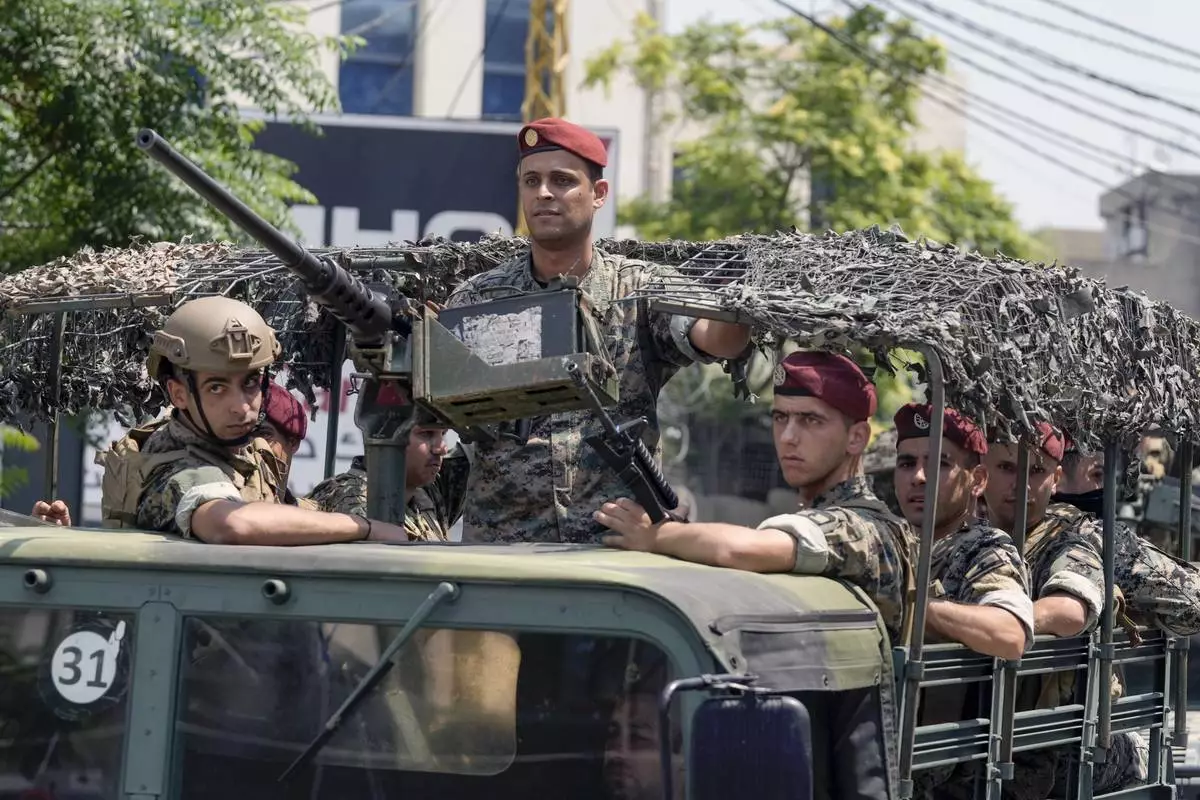
FILE - Lebanese special forces sit in their vehicle as they patrol on a road that leads to the U.S. Embassy in Aukar, a northern suburb of Beirut, Lebanon, June 5, 2024. On Tuesday, July 2, a judge at Lebanon's military court charged the gunmen who opened fire at the U.S. embassy near Beirut with being affiliated to the militant Islamic State group. (AP Photo/Bilal Hussein, File)



